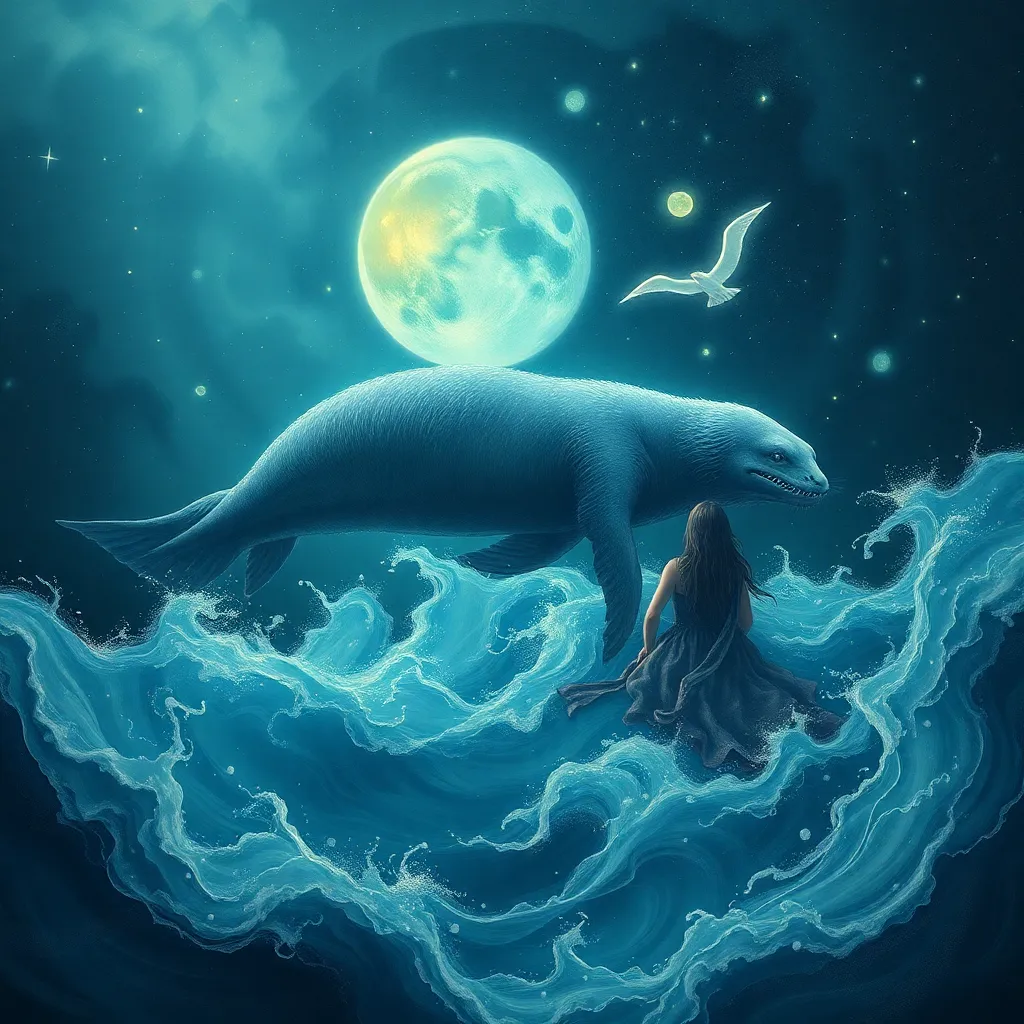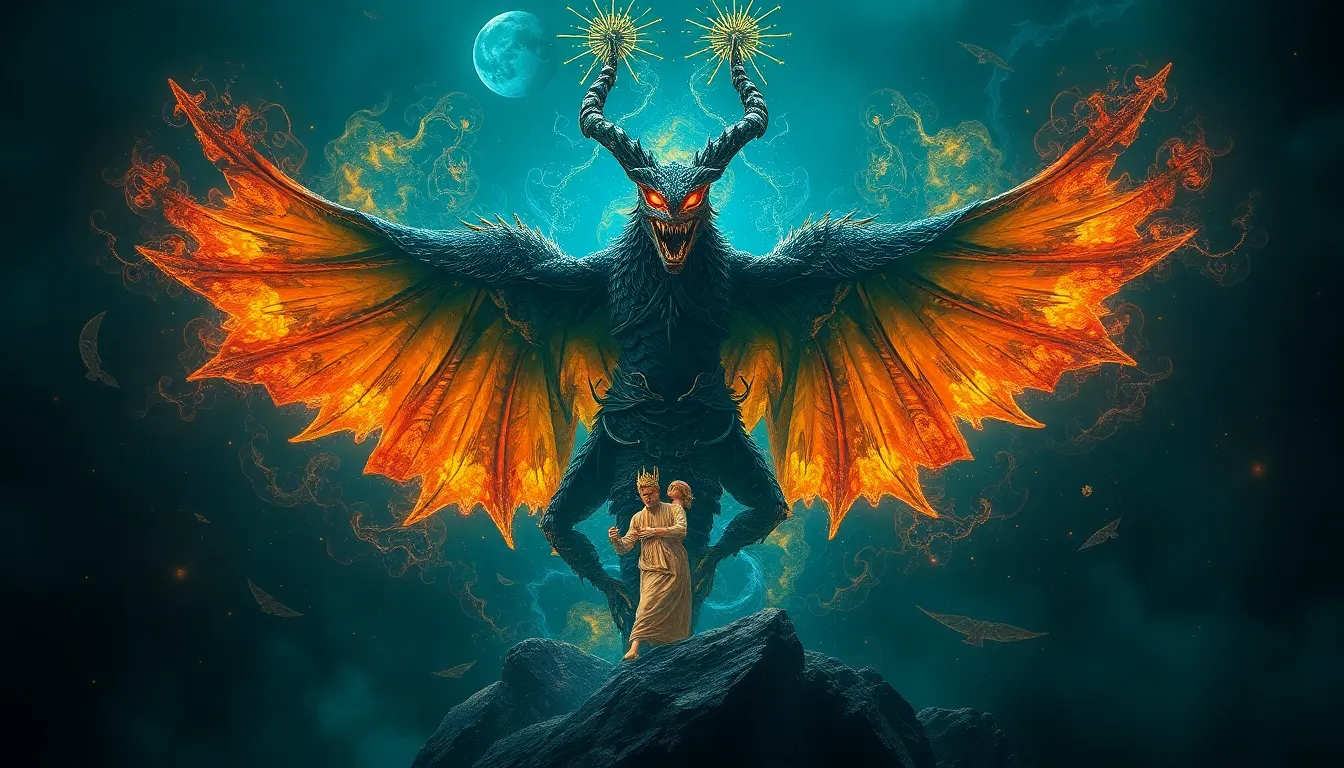The Selkie’s Dream: Exploring the Symbolic Significance of Dreams and Visions in Selkie Stories
I. Introduction to Selkie Lore
Selkie mythology, rooted in the folklore of Scotland, Ireland, and the Orkney and Shetland Islands, presents a captivating narrative of beings that are both seal and human. Selkies are said to live as seals in the sea but can shed their skins to walk on land as humans. This duality captures the imagination, embodying themes of transformation and identity.
In Selkie tales, the theme of dreams and visions emerges as a powerful motif. These dreams often act as gateways that connect the human experience with the mystical world of the sea. They reveal the inner conflicts and desires of the characters, making them essential to understanding the deeper meanings behind these stories.
II. The Nature of Dreams in Folklore
Throughout history, dreams have held significant importance across various cultures. They have been seen as a window into the soul, a means of prophecy, or even as messages from the divine. In many traditions, dreams are viewed as omens reflecting the subconscious mind’s desires and fears.
In folklore, dreams often serve as:
- Messages or warnings from ancestors or spirits
- Visions of future events or potential paths
- Symbols representing inner conflicts or desires
The psychological significance of dreams is recognized in modern psychology as well, where they are seen as a means to process emotions and unresolved issues. This dual understanding—both cultural and psychological—adds depth to the interpretation of Selkie dreams.
III. Selkie Dreams: A Bridge Between Worlds
The transformation from seal to human symbolizes the shifting identity and the bridging of two realms: the earthly and the mystical. Selkie dreams often signify this transformation, representing a yearning for connection and understanding between the two worlds.
In many tales, dreams serve as a means of communication between the selkie and the human world. They manifest the longing for freedom and the struggle for identity. For instance, characters may experience dreams where they are called back to the sea, highlighting their internal conflict.
Examples of Selkie characters experiencing transformative dreams include:
- A selkie woman dreaming of her lost skin, which symbolizes her lost identity and connection to the sea.
- A fisherman dreaming of a selkie, prompting him to search for her, thereby blurring the lines between reality and the mythical.
IV. Symbolism of Water in Selkie Dreams
Water plays a crucial role in Selkie dreams, symbolizing the unconscious mind and the depths of human emotion. In Selkie stories, the sea is often depicted as a source of longing and desire, representing the characters’ internal struggles and aspirations.
Key narratives where water plays a central role include:
- The tale of a selkie who longs to return to the sea, reflecting the deep-seated need for freedom and belonging.
- A story where a human’s dreams lead them to the ocean, reinforcing the idea that the sea holds the answers to their deepest questions.
These narratives illustrate how water serves as a metaphor for the emotional and psychological depths of the characters, intertwining their dreams with their realities.
V. Themes of Loss and Longing in Selkie Dreams
The profound themes of loss and longing are prevalent in Selkie dreams. The separation from the sea often represents a deeper emotional struggle within the characters, reflecting their inner conflicts regarding identity and belonging.
Dreams frequently echo these feelings of separation. For example:
- Selkies may dream of their old lives in the ocean, filled with the freedom and joy of being at one with nature.
- Humans may experience dreams of selkies as a reminder of what they have lost or yearn for, creating a sense of longing.
Case studies of Selkie stories highlight these themes, showcasing characters grappling with their identities in the wake of separation from their true selves.
VI. Visions of Freedom: The Selkie’s Perspective
Freedom is a central aspiration in Selkie narratives, where dreams and visions often symbolize hope and autonomy. For selkies, the ability to return to the sea represents liberation from earthly constraints.
Dreams of freedom manifest in various ways, such as:
- Visions of the open sea, symbolizing the desire to break free from societal expectations.
- Dreams of shedding their skin, representing the reclaiming of their true selves and identities.
A comparative analysis with other mythical beings seeking freedom, such as mermaids or fairies, reveals a shared theme of yearning for autonomy and a return to one’s origins.
VII. Cultural Interpretations of Selkie Dreams
The portrayal of dreams in Selkie lore varies across cultures, reflecting diverse societal values and beliefs. Different interpretations shape how these dreams are understood within their cultural contexts.
Key factors influencing the cultural interpretations of Selkie dreams include:
- Regional variations in the storytelling tradition
- Historical contexts that shape societal views on identity and freedom
- Contemporary retellings that reflect modern values and issues
These cultural nuances enrich our understanding of Selkie dreams, illustrating how they resonate with contemporary audiences while maintaining their folkloric roots.
VIII. Conclusion: The Lasting Impact of Selkie Dreams
Selkie stories, along with their dreams, continue to resonate with audiences, reflecting timeless themes of identity, loss, and the quest for freedom. The enduring nature of these tales speaks to the universal human experience of seeking connection and understanding.
Dreams play a vital role in unraveling the complexities of human emotions and desires, offering insights into our struggles and aspirations. As we explore the symbolic significance of Selkie dreams, we gain a deeper understanding of mythology and its relevance to our own journeys of self-discovery.
Ultimately, Selkie dreams enrich our comprehension of the human experience, inviting us to reflect on our own dreams and the connections we seek with the world around us.



